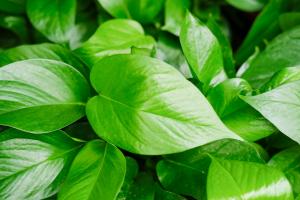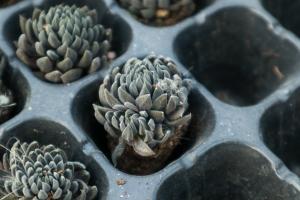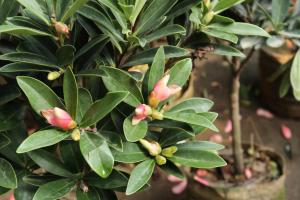How to Decoupage Plastic Plant Pots
Introduction
Plastic plant pots are a popular choice among gardeners, as they are durable, lightweight, and affordable. However, they can look a bit bland and uninspiring. If you want to add some personality to your plastic plant pots, decoupage is the perfect solution. This technique involves gluing paper cutouts onto surfaces, creating a decorative effect. In this article, we will provide a step-by-step guide on how to decoupage your plastic plant pots.
Materials
Before we get started, let's gather the necessary materials. You will need the following:
Clean plastic plant pots
Decoupage glue or Mod Podge
Decorative paper of your choice (e.g. wrapping paper, tissue paper, napkins)
Scissors
Paintbrush
Optional: Acrylic paint, sandpaper, and sealant
Step-by-Step Guide
1. Clean your plastic plant pots with soap and water. Let them dry completely.
2. Cut your decorative paper into small pieces or shapes. You can use scissors or a craft punch to create different designs. If using napkins, you can peel away the unused layers and only use the printed layer.
3. Apply the decoupage glue or Mod Podge to the plastic plant pot with a paintbrush.
4. Carefully place the paper cutouts onto the glue, smoothing out any wrinkles or bubbles. You can overlap the pieces for a collage effect.
5. Wait for the glue to dry completely, which can take several hours or overnight.
6. Optional: If you want to add more texture to your plastic plant pots, you can use sandpaper to distress the edges or apply acrylic paint to the raised areas. Let it dry completely.
7. Apply a sealant to protect the decoupaged surface from moisture and UV rays. This is especially important for outdoor planters. You can use a clear acrylic spray or a brush-on sealer. Follow the manufacturer's instructions and let it dry completely before using.
Tips and Tricks
- Experiment with different types of paper for unique effects. For example, tissue paper can create a translucent and dreamy look, while wrapping paper can provide bold and colorful patterns.
- Use a foam brush for a smoother application of the glue or Mod Podge.
- If your paper is too thin or delicate, you can reinforce it with a layer of white tissue paper or cardstock underneath.
- Customize your plastic plant pots with your favorite quotes, images, or themes. You can also use stencils or stickers for more precision.
- Be patient and take your time to avoid tearing or wrinkling the paper. Remember that small imperfections can add charm and character to your decoupaged plant pots.
Conclusion
Decoupaging your plastic plant pots is a fun and easy way to add some personality and charm to your garden or home décor. With a few basic materials and some creativity, you can transform boring plastic containers into unique and eye-catching pieces. Follow our step-by-step guide, experiment with different papers, and enjoy the process!

 how many times do yo...
how many times do yo... how many planted tre...
how many planted tre... how many pine trees ...
how many pine trees ... how many pecan trees...
how many pecan trees... how many plants comp...
how many plants comp... how many plants can ...
how many plants can ... how many plants and ...
how many plants and ... how many pepper plan...
how many pepper plan...































